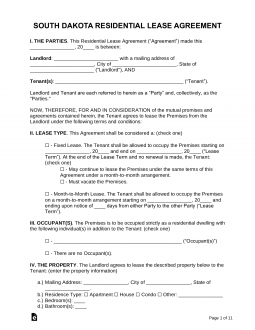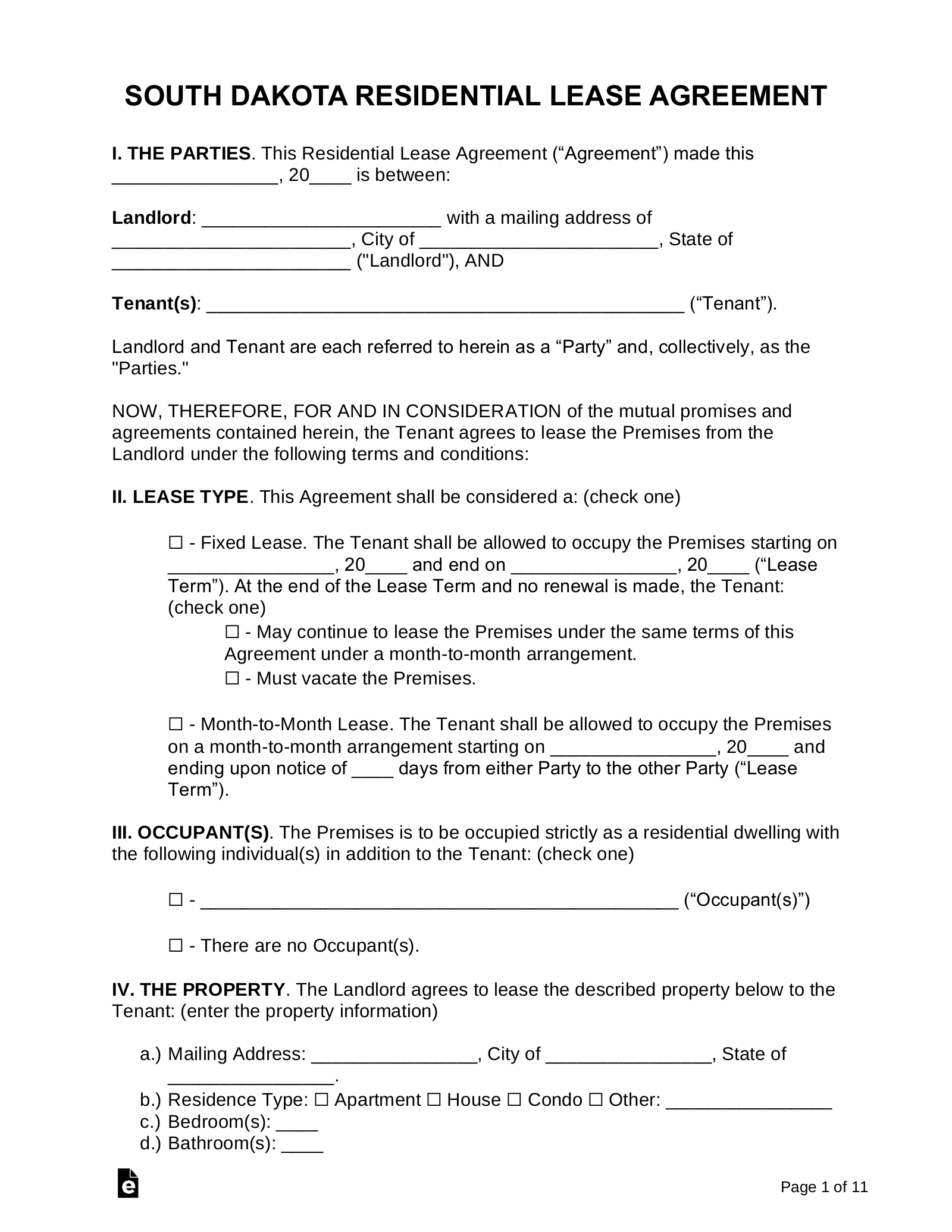Updated February 20, 2024
A South Dakota rental agreement is a contract between a landlord and a tenant for the use of property in exchange for rent. The tenant must pay rent and maintain the premises until the end of the term. In addition, the tenant may be responsible for certain utilities and services, such as electricity, water, or internet.
Table of Contents |
Agreement Types (6)
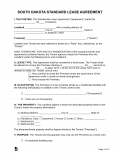 Standard Residential Lease Agreement – Standard term usually lasting 12 months but may be any specified amount of time. Standard Residential Lease Agreement – Standard term usually lasting 12 months but may be any specified amount of time.
Download: PDF, MS Word, OpenDocument |
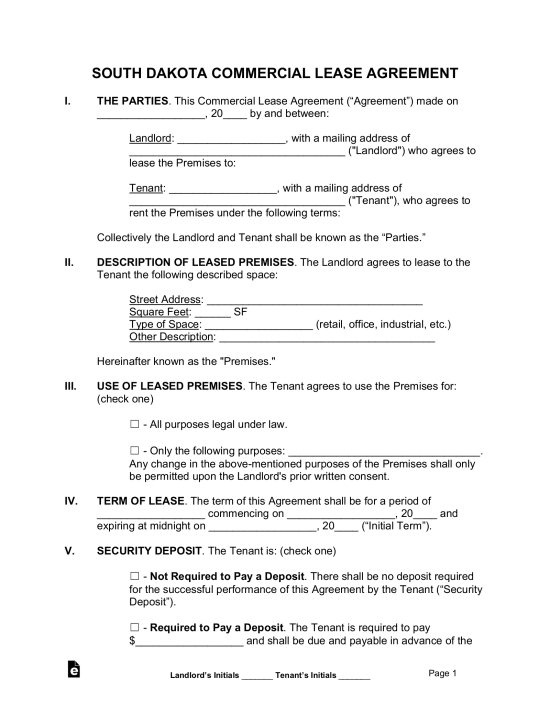 Commercial Lease Agreement – Space that may be used for a business purpose and not for livable tenancies. Commercial Lease Agreement – Space that may be used for a business purpose and not for livable tenancies.
Download: PDF, MS Word, OpenDocument |
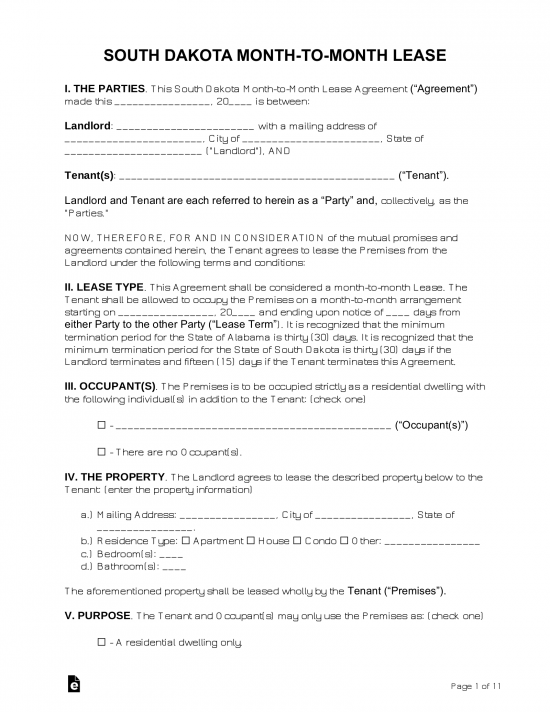 Month to Month Lease Agreement – Known as a tenancy at will that may be terminated with at least 30 days’ notice by the landlord and 15 days by the tenant. Month to Month Lease Agreement – Known as a tenancy at will that may be terminated with at least 30 days’ notice by the landlord and 15 days by the tenant.
Download: PDF, MS Word, OpenDocument |
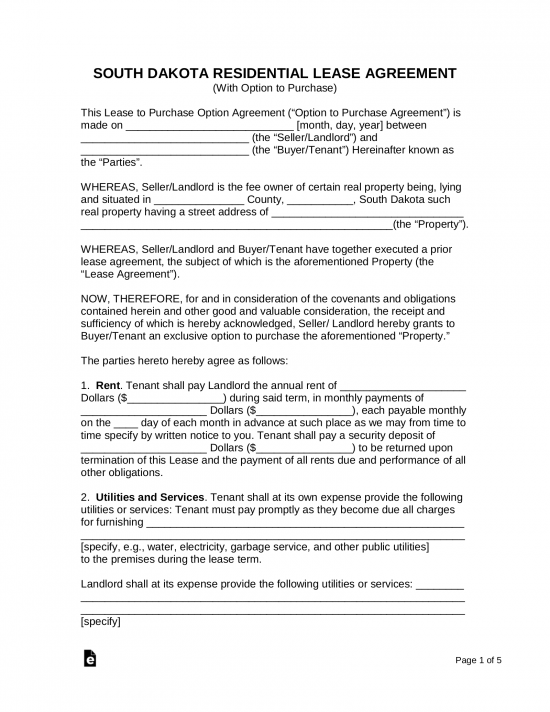 Rent-to-Own Lease Agreement – Residential type with the added option of being able to purchase under terms agreed upon by the landlord and tenant. Rent-to-Own Lease Agreement – Residential type with the added option of being able to purchase under terms agreed upon by the landlord and tenant.
Download: PDF, MS Word, OpenDocument |
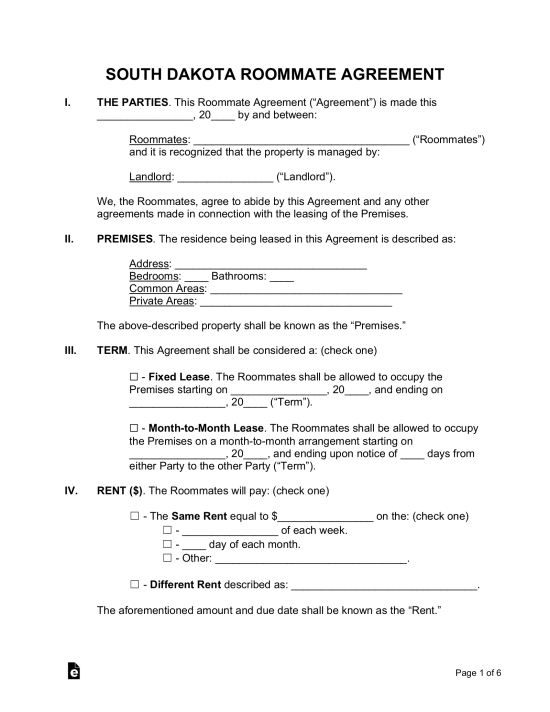 Room Rental (Roommate) Agreement – For the individuals in a shared living arrangement where the common space such as the kitchen, living room, outside area, etc is shared by all parties. Room Rental (Roommate) Agreement – For the individuals in a shared living arrangement where the common space such as the kitchen, living room, outside area, etc is shared by all parties.
Download: PDF, MS Word, OpenDocument |
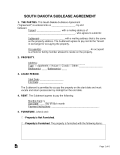 Sublease Agreement – A residence that allows the tenant, if desired, to re-rent their space that they are under agreement from the landlord in order to pursue another tenant to take their place. Sublease Agreement – A residence that allows the tenant, if desired, to re-rent their space that they are under agreement from the landlord in order to pursue another tenant to take their place.
Download: PDF, MS Word, OpenDocument |
Required Disclosures (2)
- Lead-Based Paint Disclosure – Federal law requires all landlords of residential units built prior to 1978 to inform their tenants of the possible existence of lead-based paint on the premises.
- Methamphetamines – If the landlord is aware that the residential property was previously used to manufacture methamphetamines, they must disclose this information to the tenant.[1]
Security Deposits
Maximum Amount – A landlord cannot charge more than one month’s rent for a security deposit, unless special conditions exist that threaten the maintenance of the premises, and both the landlord and tenant agree to a higher deposit.[2]
Collecting Interest – Landlords in South Dakota are not required by state law to collect or pay interest on security deposits.
Returning – The landlord must return the security deposit, minus any withheld amounts, to the tenant within 14 days of the end of tenancy, along with a written statement showing the specific reasons for the withholding of any deposit funds.[3]
- Itemized List – The tenant may request an itemized accounting of any withheld portions of the security deposit within 45 days of the end of tenancy.[3]
When is Rent Due?
Grace Period – There is no statutory grace period for the late payment of rent in South Dakota; rent is due on the date established in the lease. If the tenant does not pay rent on the due date, the landlord can send a three-day notice to quit.[4]
Maximum Late Fee – South Dakota state law does not establish a maximum penalty for the late payment of rent.
NSF Fee – $40 is the maximum charge that can be administered for a bad check.[5]
Withholding Rent – If the landlord fails to make necessary repairs to the property within a reasonable time after receiving notice, the tenant can see to the repairs on their own and deduct the costs from their rent.[6]
Right to Enter (Landlord)
Standard Access – The landlord must provide at least 24 hours’ notice before entering the tenant’s property for any non-emergency reason.[7]
Immediate Access – The landlord is not required to give notice before entering the tenant’s property in the case of an emergency.[7]
Abandonment
Absence – South Dakota state law does not establish a specific length of time that a tenant must be absent without notice before a rental property may be considered abandoned.
Breaking the Lease – A tenant may terminate a lease without penalty if the landlord has failed to meet their obligation to maintain the premises as fit for habitation, or if the tenant is a victim of domestic abuse, unlawful sexual behavior, or stalking.[8]
Tenant’s Utility Shutoff – If the tenant’s failure to maintain utilities on the property amounts to a use of the premises contrary to the terms of the lease agreement, then the landlord may serve an immediate notice to quit for non-compliance.[9]
Unclaimed Property – Property worth $500 or less that has been left behind on the premises may be disposed of after 10 days.[10] The landlord must store any property worth more than $500 for at least 30 days before it can be disposed of.[11]

